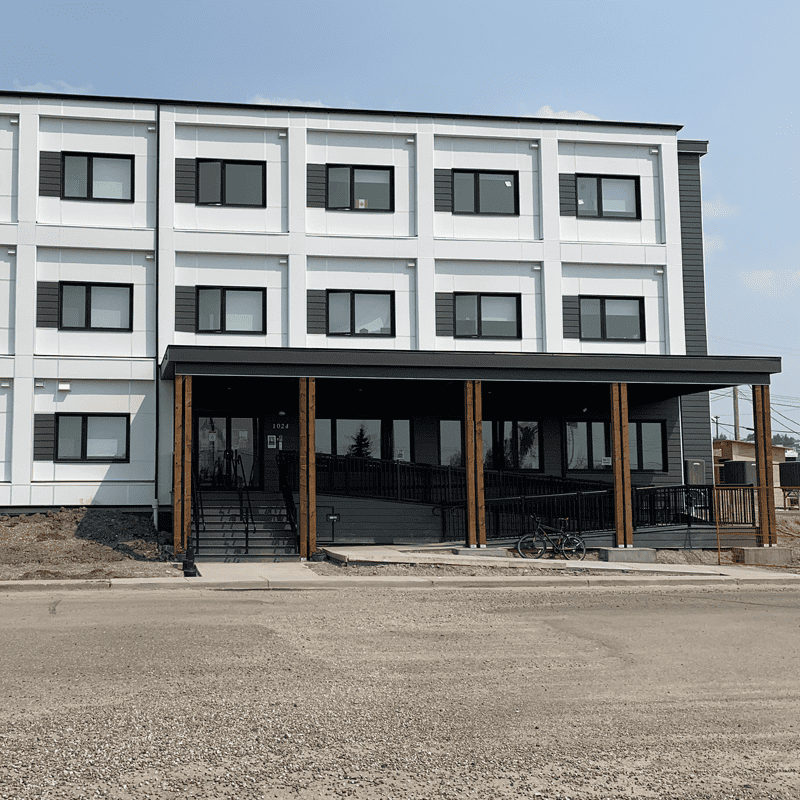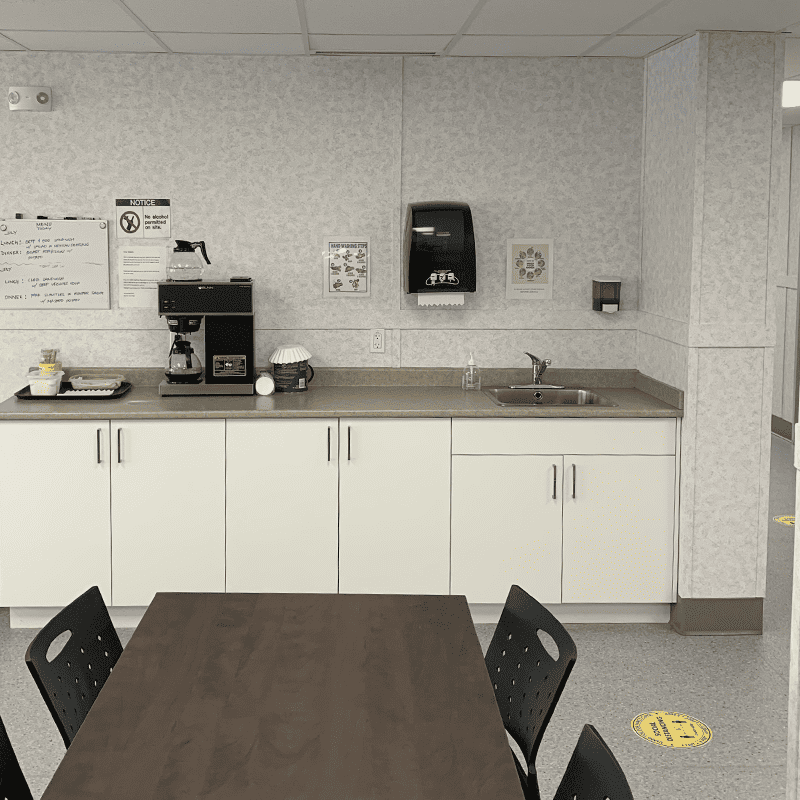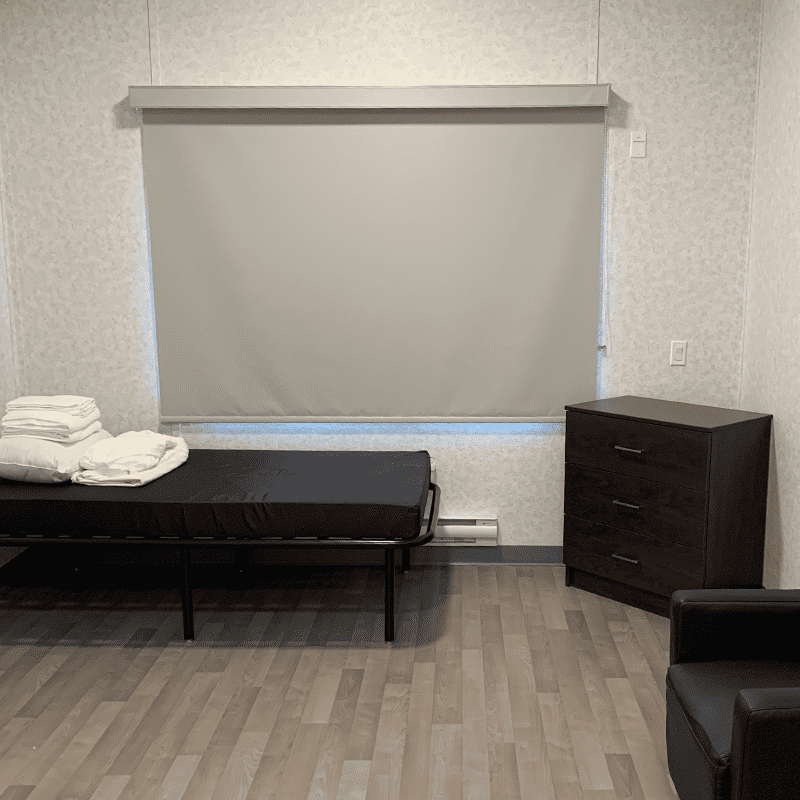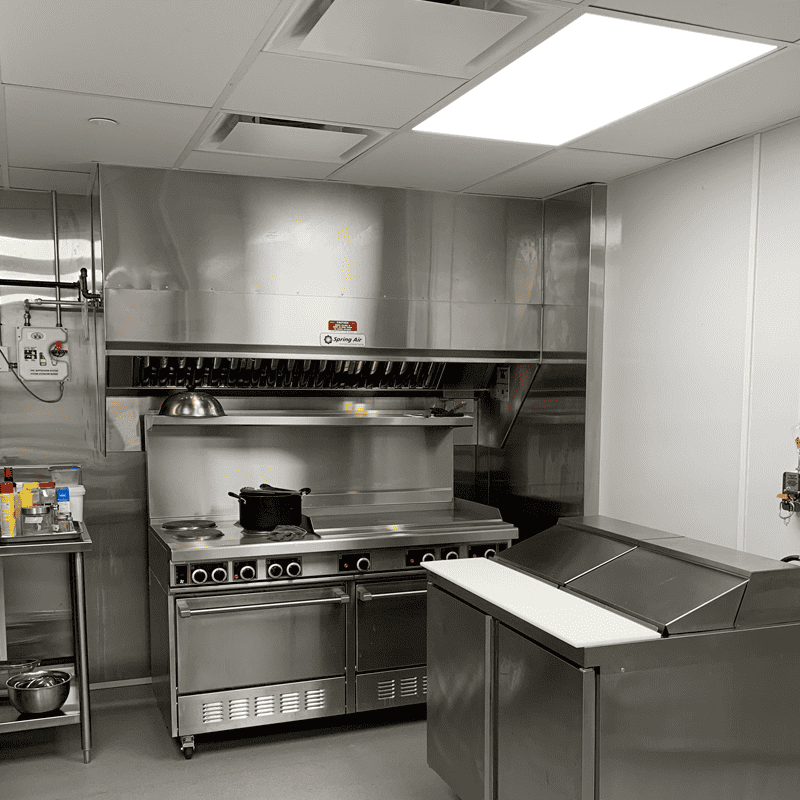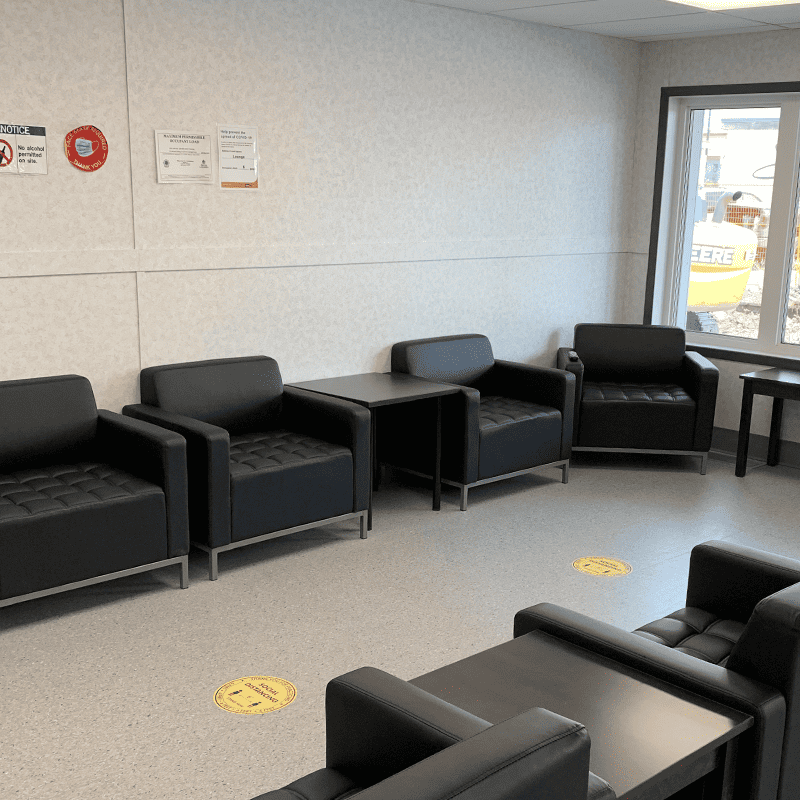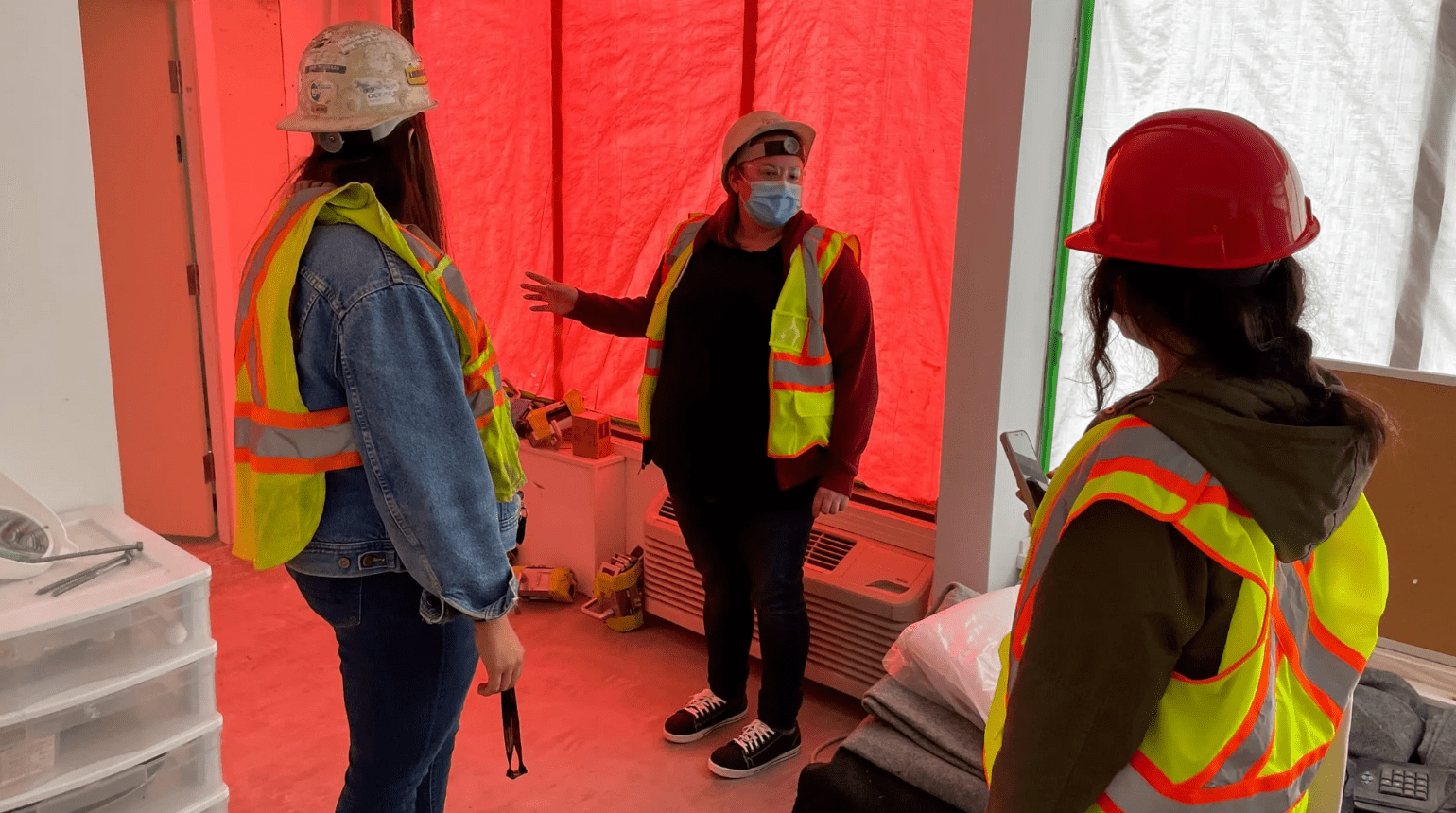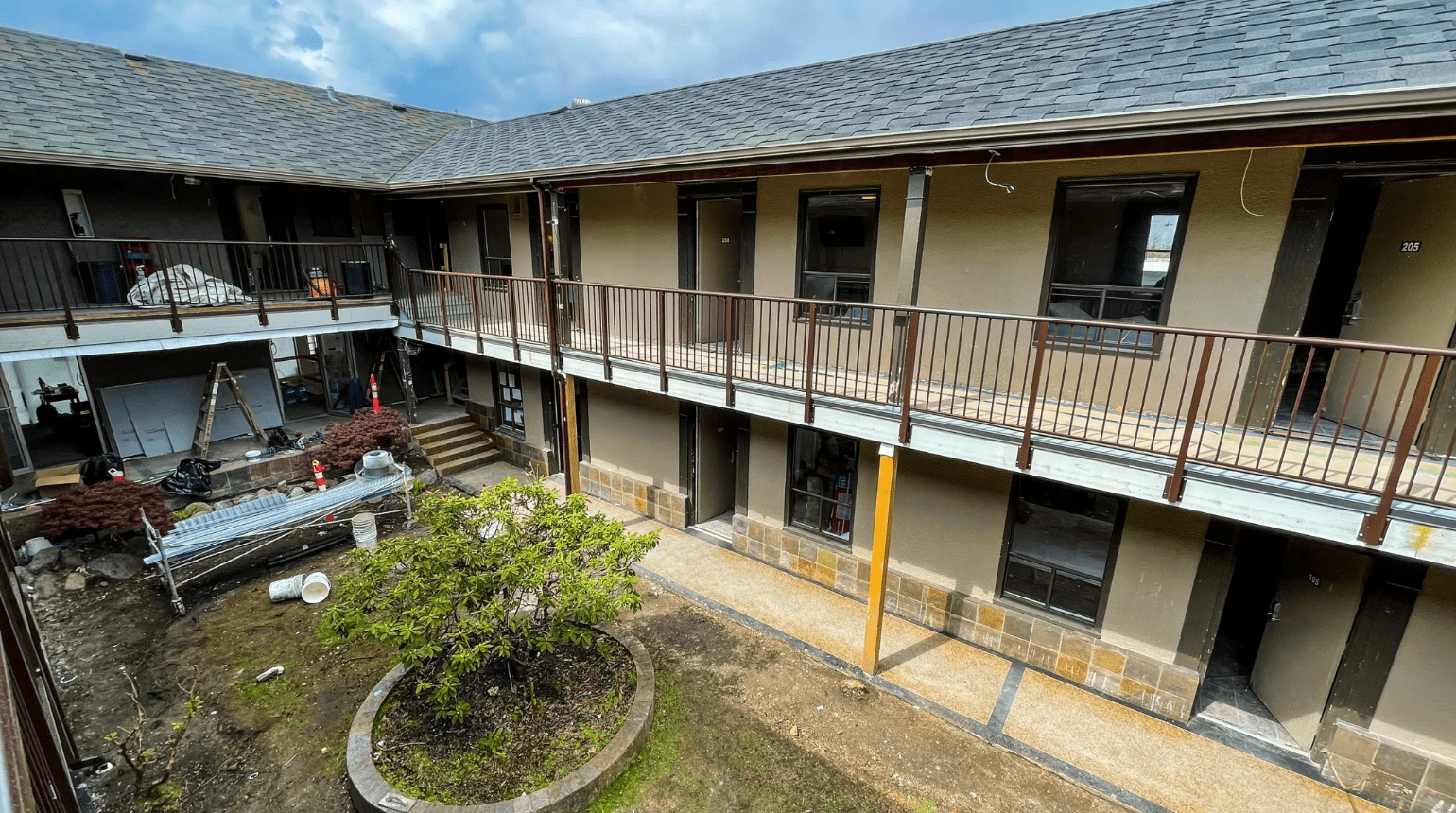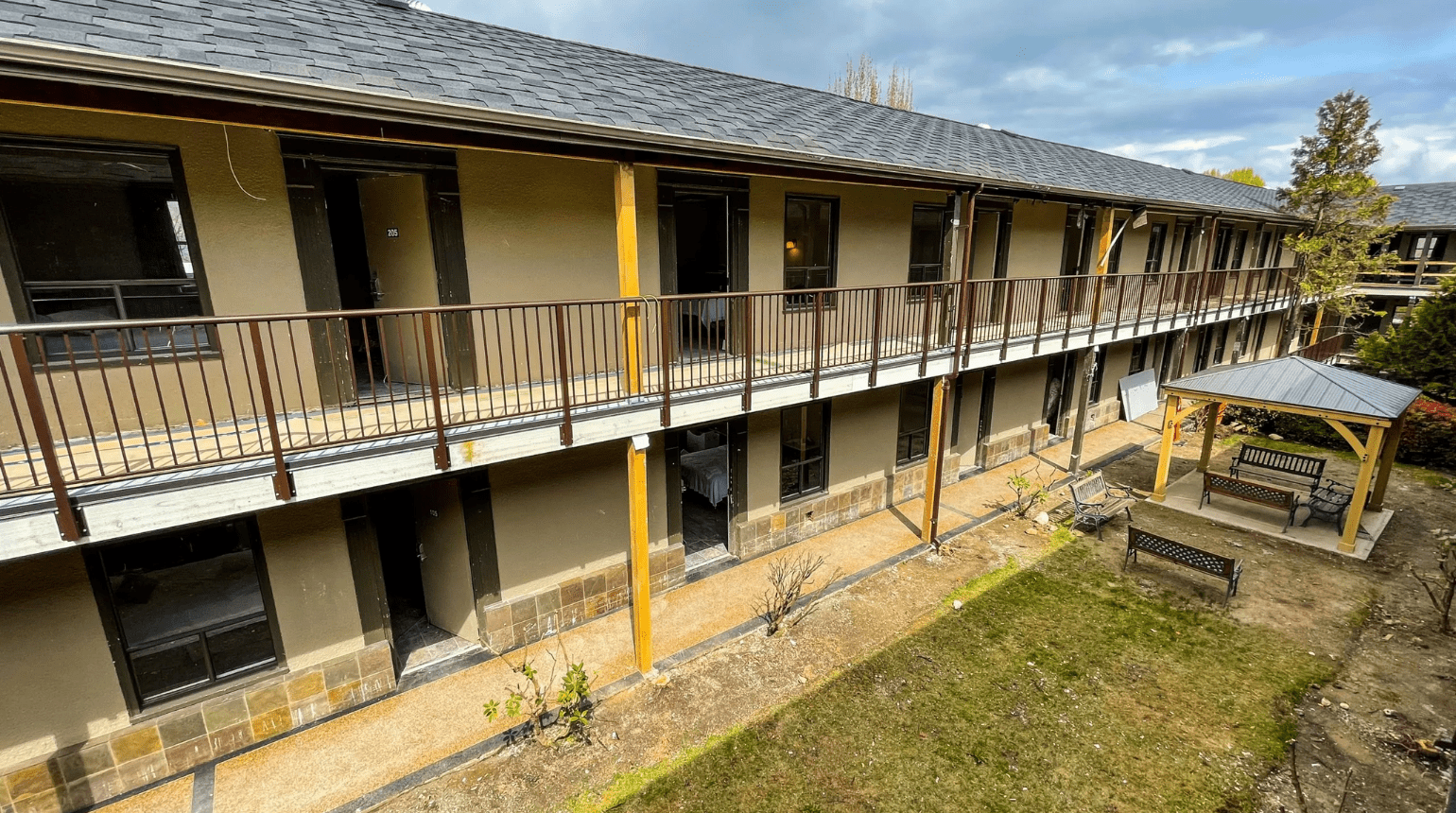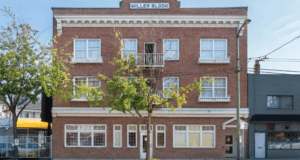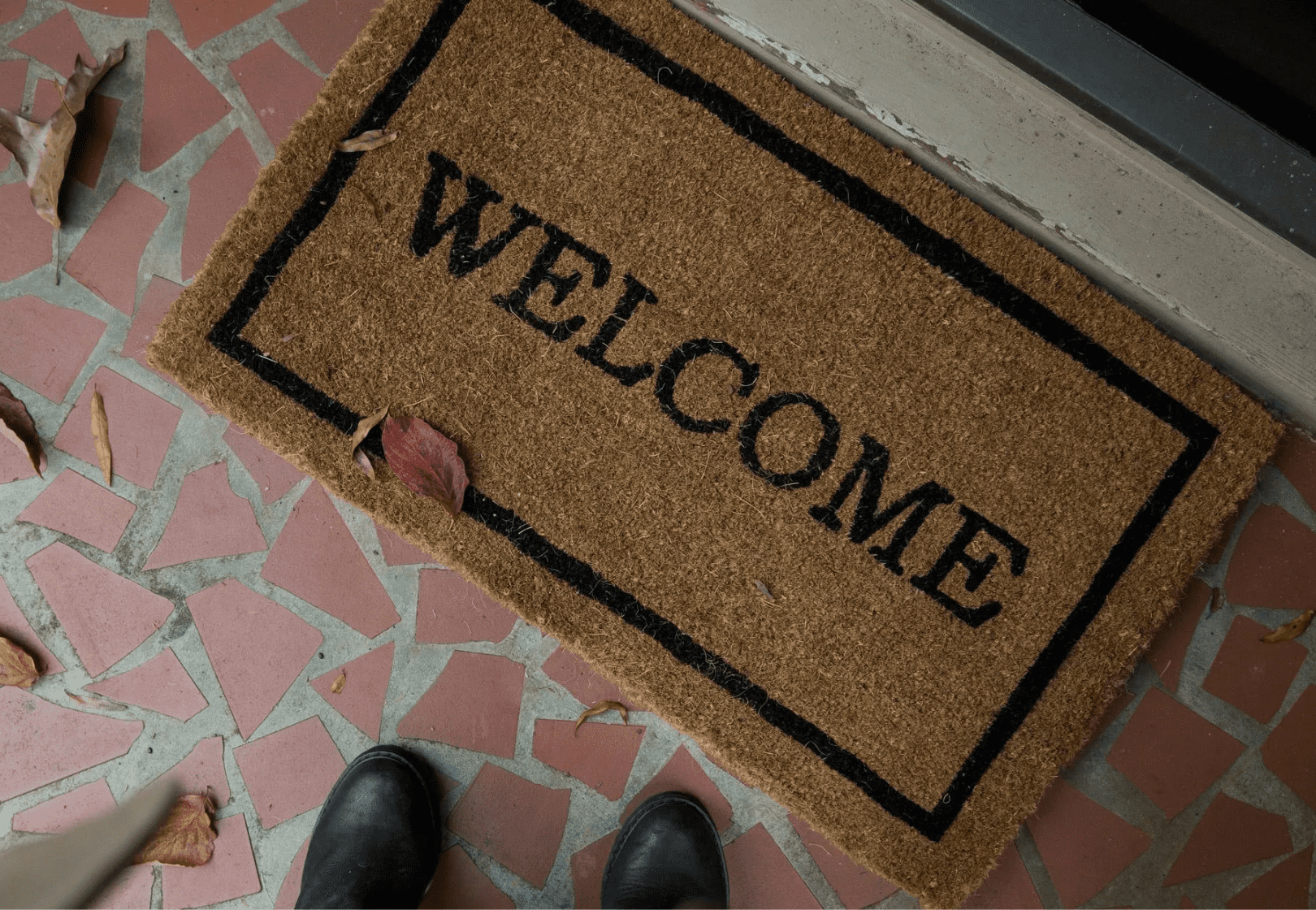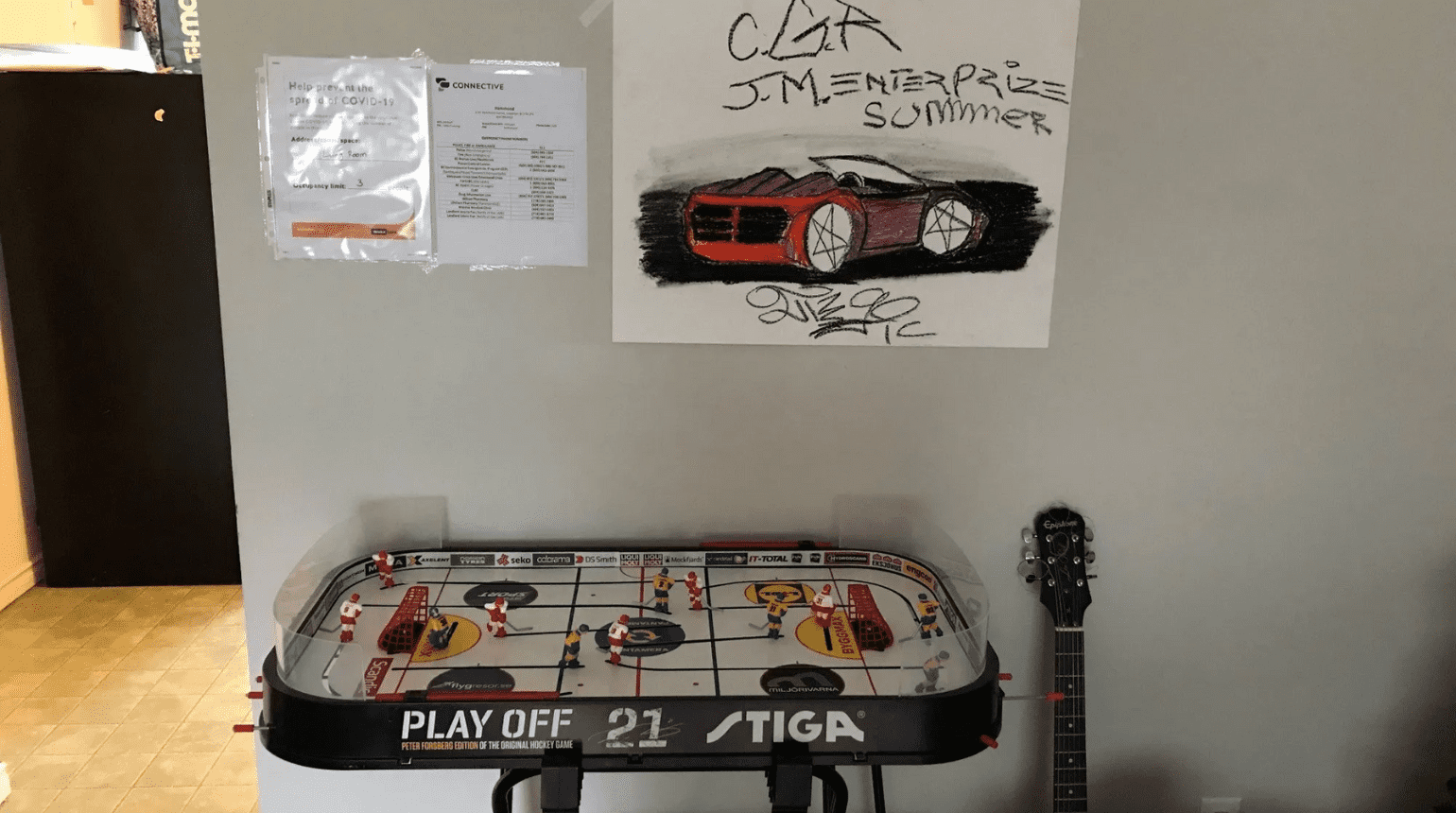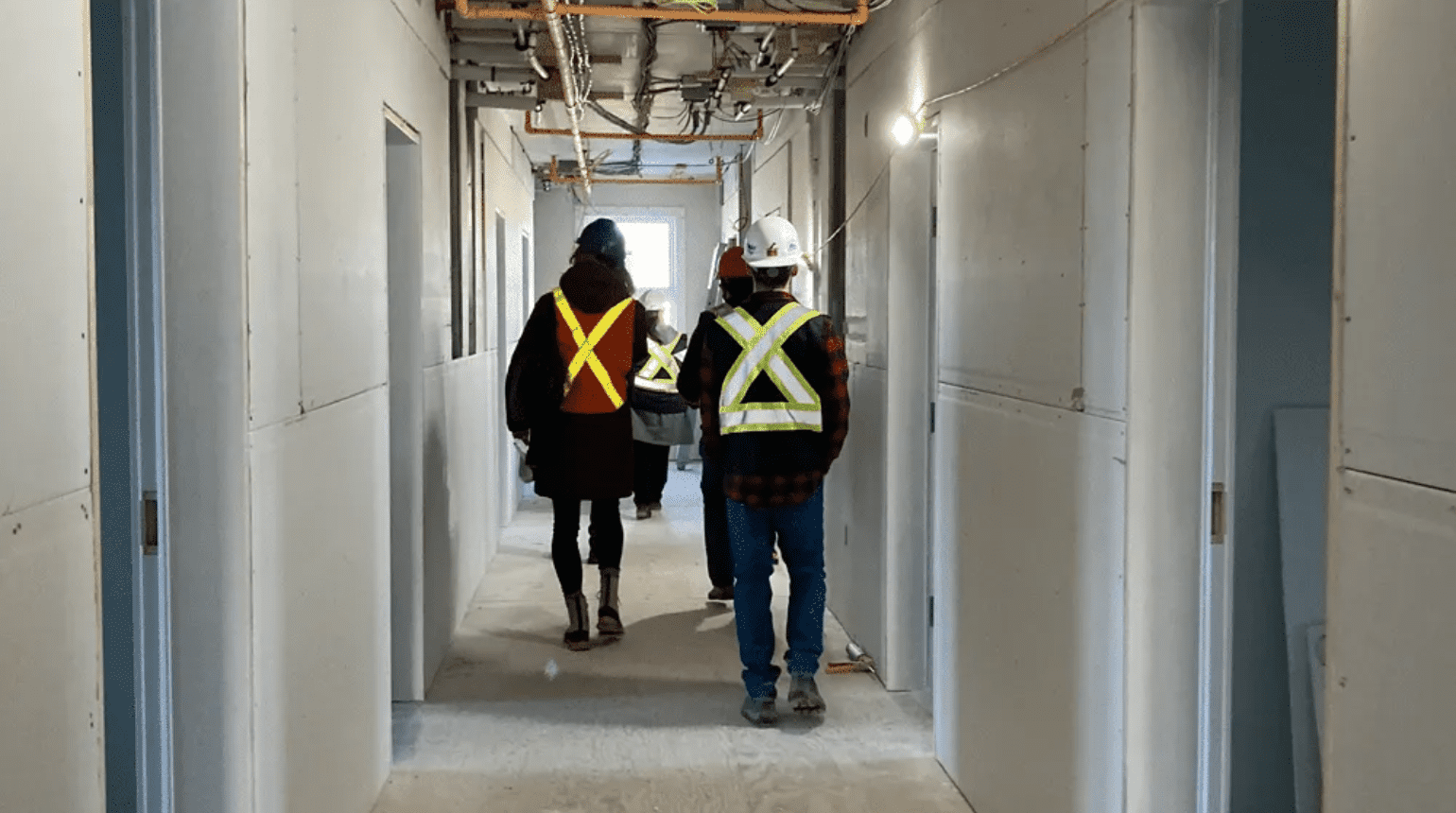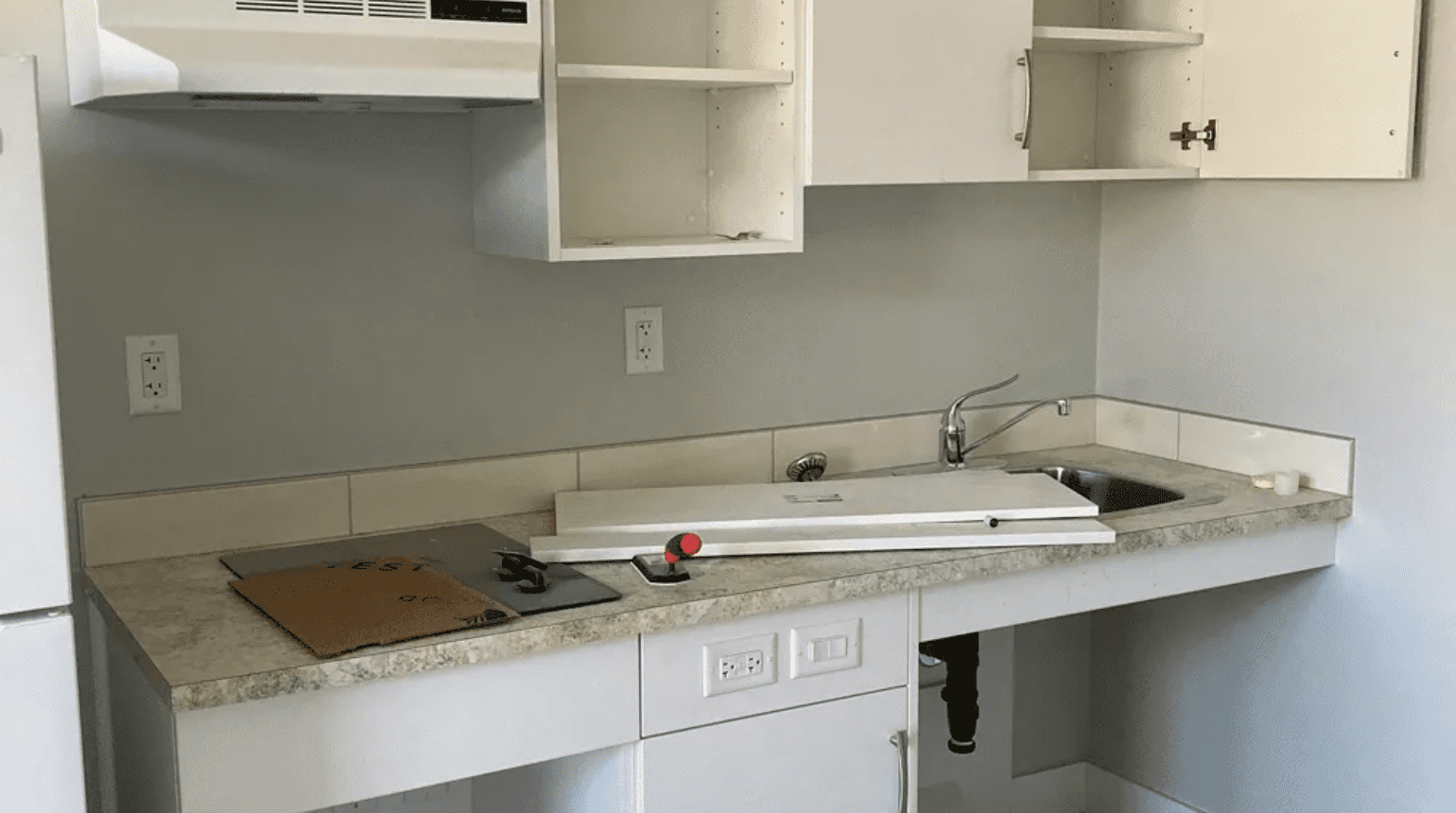Announcing a New Program in Dawson Creek
Offering safe, secure housing and wraparound supports to 32 adults at risk of or experiencing homelessness
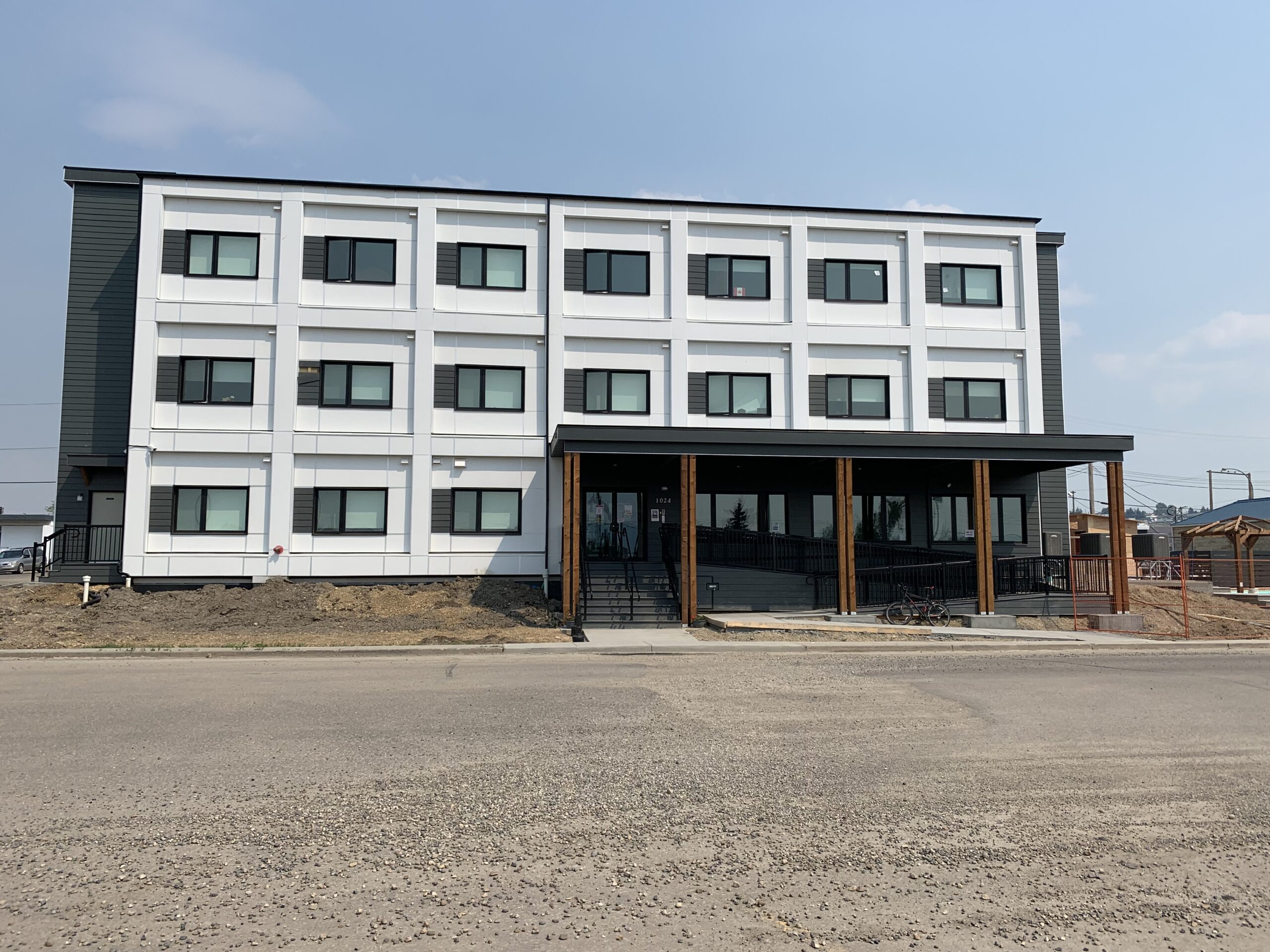
Connective is proud to announce a new (to us) program in Dawson Creek, British Columbia – our first in the community.
 Late last year, we were selected by BC Housing to assume operation of My Home Place, a supportive housing program. Since May 2021, this program has been offering 32 adults who are experiencing or at risk of homelessness a permanent home and access to 24/7 support services, such as meal programs, life and employment skills training, and health and wellness resources. As with Connective’s other supportive housing programs, here, staff work with residents to help them overcome barriers and achieve their self-identified goals.
Late last year, we were selected by BC Housing to assume operation of My Home Place, a supportive housing program. Since May 2021, this program has been offering 32 adults who are experiencing or at risk of homelessness a permanent home and access to 24/7 support services, such as meal programs, life and employment skills training, and health and wellness resources. As with Connective’s other supportive housing programs, here, staff work with residents to help them overcome barriers and achieve their self-identified goals.
We worked closely with the program’s previous operator, the South Peace Community Resources Society (SPCRS), to transition the program and took full operation in late 2023. We look forward to continuing to work alongside SPCRS in the community and to building on the strong foundations they have established at My Home Place. On the ground in Dawson Creek, we were excited to welcome a number of new staff to our Connective team.
For the last several years we have been proud to operate a growing number of programs in Northern BC – we are grateful for this latest opportunity, and for the chance to leverage our expertise in service to Dawson Creek, while continuing to provide this essential service in the community.
My Home Place
Offering safe, secure housing and wraparound supports to 32 adults at risk of or experiencing homelessness
An Interview with our Program Manager
To help get to know our new program in Dawson Creek we sat down with its Program Manager, to ask a few questions.
What impact do you witness this program having on residents?
My Home Place has proven to have a profoundly positive impact on the residents by offering stability, security, and support to them. Initially, some residents encountered challenges during the first few months of moving in, struggling to adjust to their new homes. By the third month of moving in, I saw significant positive transformation as they stabilized and settle into their homes, and into the supportive environment. Many of our residents, who previously struggled to maintain their housing in the community, have since lived here for a year, two years, and even longer.
What does a typical day at the program look like?
The structure of a typical day at My Home Place is generally flexible, catering to the individual needs of residents who plan their schedules. Residents have the autonomy to reach out to staff for support and assistance with various requests. On-site support and in-person services are readily available, with occasional community agency partnerships for educational sessions and training. Two nutritious meals (lunch and supper) are provided, and assistance is offered for scheduling appointments, medication reminders, job searches, skill development, and referrals to external agencies. As part of building community engagement, residents are encouraged to participate in group activities, recreational events, and creative pursuits like arts and crafts. The daily presence of the Intensive Case Management Team (ICMT) ensures regular mental health check-ins and support for their clients who live at My home Place. With 24-hour staffing support, the focus remains on providing holistic support to promote stability and well-being.
“My Home Place aims to create an environment where residents feel empowered and supported in their journey towards independence and improved quality of life.”
– Program Manager, My Home Place
What is your favourite part of working with the program?
My favorite part of working at My Home Place is the fulfilment that I have knowing that I am making a positive impact and difference in the lives of our residents that we support and helping them achieve stability. In the almost 3 years that I have worked at My Home Place, I have developed meaningful connections with the residents, and I have witnessed their progress and positive transformation over time, and this has been rewarding. Building a sense of community and trust is also an important part of the work. Most importantly, the staff team at My Home Place have been a great source of encouragement and support to the program, as we all share a commitment to helping our residents and have created a supportive and fulfilling work environment. I believe that the teamwork we have built over the years has been a key factor in the success of the program.
We’re excited to see My Home Place continue to develop over the years to come, and to better get to know the community in Dawson Creek!
